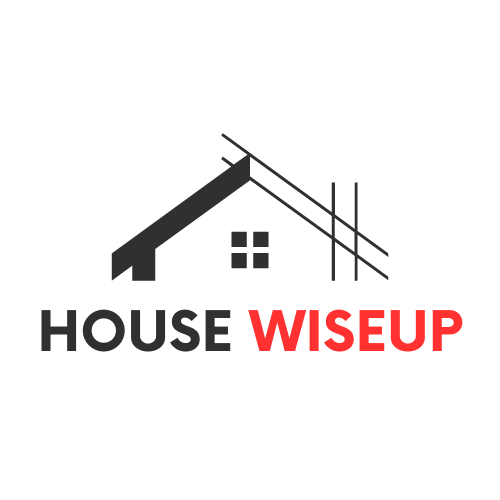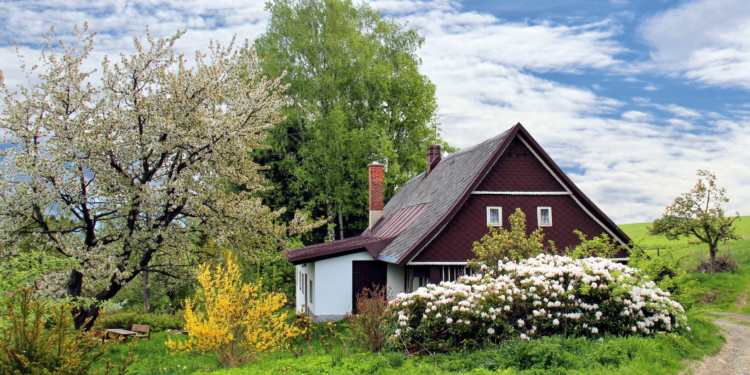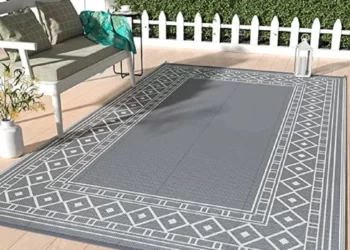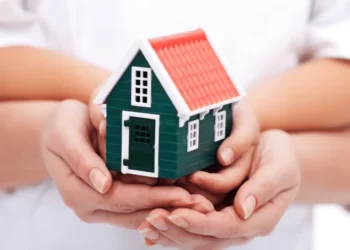Are you considering a tiny house? The minimalist movement has been gaining traction for its ability to offer affordable, simplified living compared to traditional homes. But, does a tiny house really come with a price tag that matches its size? Well, that depends on many factors, from size and design to whether you go DIY or hire professionals.
In this guide, we’ll break down the costs of tiny houses and answer all your burning questions, helping you determine if this cozy living option fits your budget.
Table of Contents
National Average Tiny House Pricing Cost in 2025
Let’s start with the basics. On average, tiny houses in the U.S. cost around $46,670. The price can range anywhere between $30,000 and $53,335. Of course, this will vary depending on several factors, such as size, customization, and location. You can even find budget-friendly options starting at $6,100, but those are likely to be very small and simple, especially if you’re taking the DIY route. On the other hand, for a luxurious tiny home, you might be shelling out up to $240,000—yes, that’s for a high-end version that’s fully decked out with every possible amenity.
As affordable as tiny houses may seem, there’s a catch. You’ll need to think long-term about how much space you truly need. If you’re looking for a home where you can spread out and store all your things, tiny living might be a tough adjustment. But, if you’re open to simplifying your life and living with fewer things, a tiny house might be a great fit.
Also Read about: Tiny House Plans That Show Why Size Doesn’t Matter as Much
Tiny House Pricing Cost Estimator by Size
One of the most important factors in determining the cost of your tiny home is its size. So, how tiny are we really talking about?
The average tiny house is around 300 square feet. However, some homeowners go even smaller, with houses that are 100 square feet or less. Anything larger than 600 square feet is pushing the boundaries of what’s considered a “tiny” home.
Here’s a breakdown of the average cost of tiny houses based on their size:
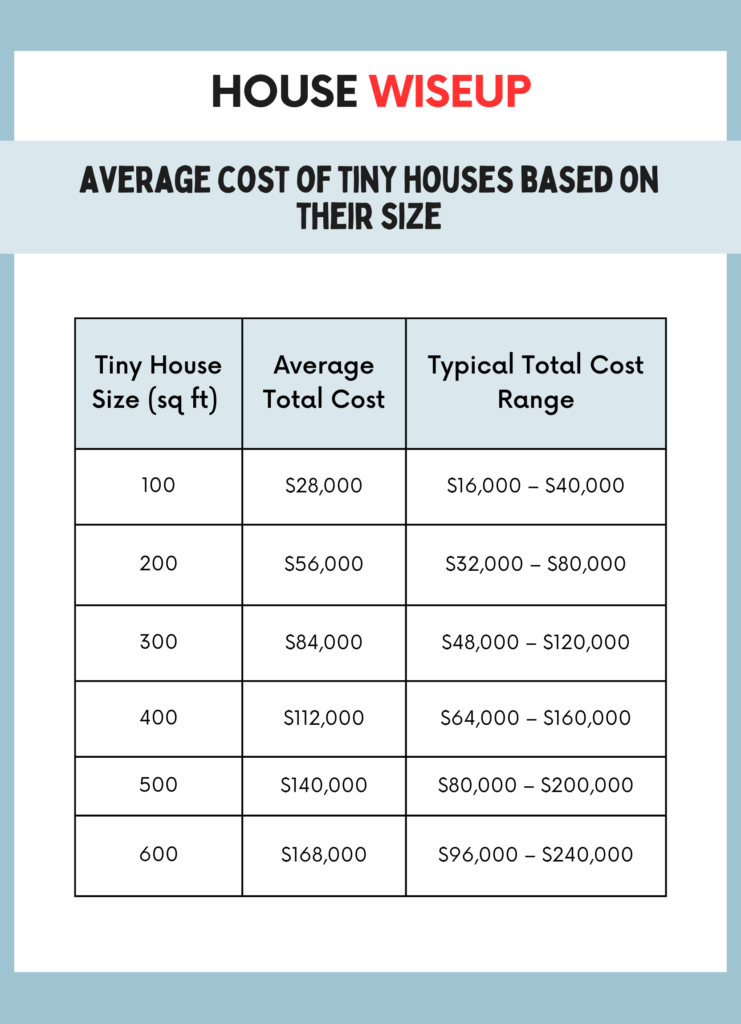
As you can see, the larger the tiny home, the more expensive it gets. Of course, these prices are based on professional installations. If you decide to tackle the project yourself, you could save a significant amount of money.
Other Factors That Affect Tiny House Costs
Building a tiny house is no small feat. In addition to the size, many other factors will affect the final price tag. Here are some things to keep in mind:
Mobile vs. Stationary:
A tiny home on wheels gives you mobility, while a stationary one provides stability. Mobile tiny homes cost slightly more (around $57,500) compared to stationary homes (around $53,250) due to the added cost of the trailer and mobility features. Keep in mind, however, that if you go mobile, you’ll need to find places to park your home.
Prebuilt vs. Custom-built:
If you want a cookie-cutter design, prebuilt tiny homes might be your best bet. They’re typically cheaper, with average prices around $30,000. If you want more control over the design, a custom-built home is the way to go, but it comes with a heftier price tag of $143,335 on average.
DIY Kits:
If you’re feeling particularly handy, you could opt for a DIY kit. A basic tiny home kit might cost as little as $7,430, but this option requires serious DIY skills. We recommend going this route only if you have some construction experience or are willing to learn!
Shell-Only Homes:
Want a balance between prebuilt and custom? You could buy a tiny home shell for about $27,000. A shell is essentially the frame and structure of the home without the interior finishings, so you’ll need to complete the rest yourself.
Land Costs:
Unless you already own land, you’ll need to budget for a place to put your tiny home. Land can cost anywhere from $2,500 to $81,500, with an average of $42,000. If you’re going for a stationary home, make sure you research local zoning laws and building permits.
Other Costs to Consider
Beyond the base cost of the home, there are a number of additional expenses you’ll need to factor in:
Utilities:
Connecting your tiny home to essential utilities like electricity, water, and sewer can be pricey. Expect to pay around $1,425 for electrical wiring and $1,180 for plumbing installation. If you want to go off-grid with solar panels, that will add another $13,770 to your budget.
Materials:
Materials make up a significant portion of your overall cost, with an average expense of $35,415. However, you can reduce this by using upcycled or recycled materials. For example, building your tiny house from a shipping container might cost just $19,600.
Labor:
Most tiny house builds require some level of professional help. Labor costs typically account for 15% to 45% of the total project cost. While you can save money by doing some work yourself, you’ll still need to hire professionals for things like electrical and plumbing.
Home Insurance:
Tiny homes are just as vulnerable to accidents and disasters as traditional homes, so it’s important to protect your investment. Expect to pay around $100 per month for homeowner’s insurance.
Permits and Maintenance:
Building a tiny home requires permits, which typically cost around $1,365. Once your home is built, maintenance will cost an average of $775 per year. Mobile tiny homes, especially, may require more frequent repairs due to their exposure to different environments.
How to Keep Costs Down
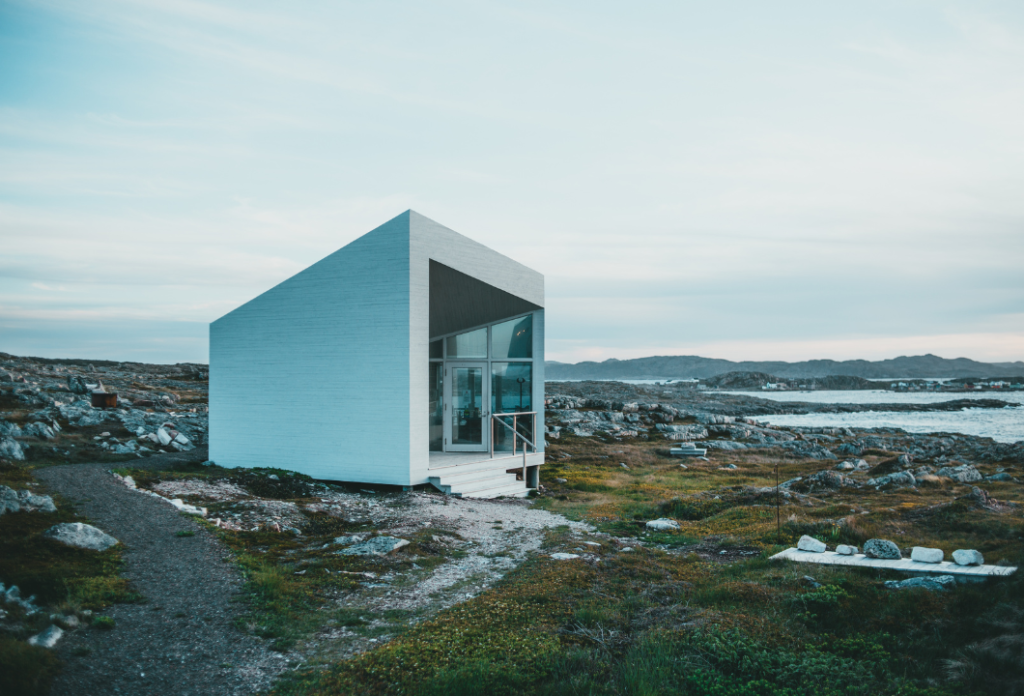
Building a tiny home can be an affordable way to own property, but costs can add up quickly. Here are a few tips to help you stay within your budget:
Consider a DIY Approach:
If you have the skills, building parts of the home yourself can save you thousands of dollars. However, be sure to hire professionals for critical tasks like electrical work and plumbing.
Use Recycled Materials:
Salvaged or recycled materials are not only environmentally friendly but also cost-effective. You could use wood pallets, old windows, or even repurposed shipping containers to cut costs.
Downsize Your Amenities:
Tiny homes are meant to be minimalist, so think about which amenities you really need. You might not need a full-sized fridge or a huge bathroom. Be strategic about which appliances and fixtures to invest in.
Look for Deals on Preowned Tiny Homes:
If you’re flexible on design and willing to compromise a little, you could save big by buying a preowned tiny home. While these may not offer as many customization options, they can be a great deal.
Conclusion
Tiny houses are a great way to simplify your life, reduce your carbon footprint, and live more affordably. But, like any home, the price can vary widely based on factors like size, location, and customization.
The typical cost of a tiny house is around $46,670, but you could find something as low as $6,100 or as high as $240,000. To determine the best budget for your tiny house, carefully consider your preferences, the location, and how much you’re willing to downsize.
With careful planning and the right choices, tiny house living can be a cost-effective and fulfilling lifestyle. If you’re ready to take the plunge, start researching your options, plan your budget, and get ready for a simpler, more sustainable way of life.
